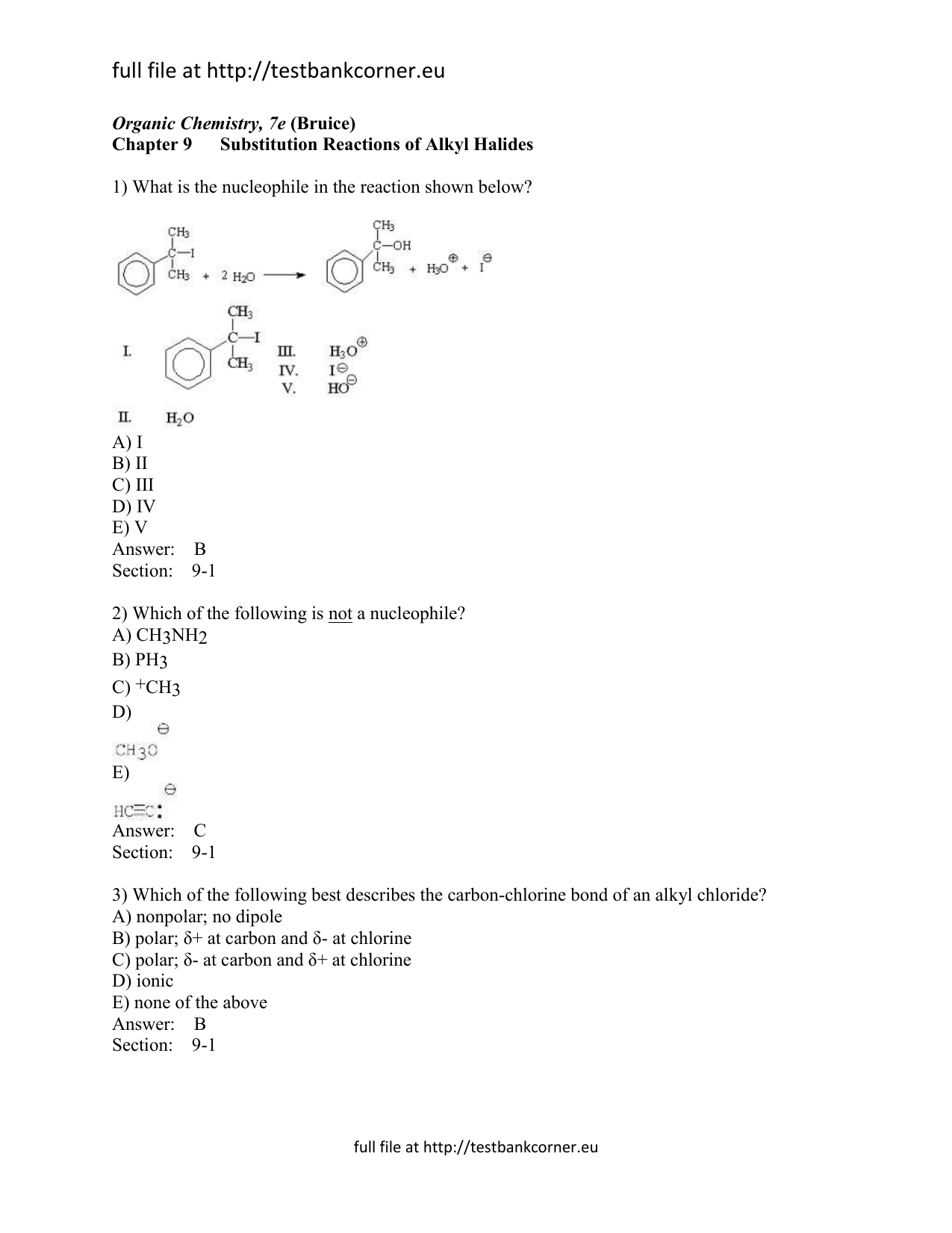On or bonded to the carbon of an alkene.
Could sn1 act on a vinylic carbon.
In solution nucleophilic vinylic substitution reactions involving electron withdrawing groups on the carbon carbon double bond e g cn cho and no 2 would almost certainly proceed via a.
B the curved arrow notation is shown in the following scheme.
This molecule has four vinyl ic positions each marked with.
The student asked why do vinyl halides not do the sn2 reaction my answer was that two reasons exist for why the vinyl halide will not react with a nucleophile.
So you re going to get these electrons in here kicking off onto your halogen onto your bromine to form your bromide anion.
The carbon atoms directly attached to the multiple bond double or triple bond is said to be vinylic carbon.
So in an sn1 type mechanism your first step is dissociation.
If you think about the video on carbocations and rearrangements.
Both aryl and vinylic halides are relatively unreactive in s n 2 displacement mechanisms mostly because during the backside attack of the molecule the incoming nucleophile is sterically hindered by both substituents and electron density from any double bonds present.
Another important difference between allylic and vinylic carbon is that allylic carbon is sp 3 hybridized where vinylic carbon is sp 2 hybridized.
Or the carbon atom with sp hybridization is said to be vinylic carbon.
If you look at the michael addition reaction the 1 4 addition of a nucleophile to the carbon carbon double bond in an ce alpha beta unsaturated carbonyl system this could be viewed as an ce s n 2 attack on a carbon carbon double bond but again it is favored lower in energy because you create an intermediate with a negative.
You may wish to review the discussion of acid base theory given in sections 2 7 2 11.
Today i got a good question i want to make a point of posting the best question from the day s teaching and my answer.
If we look at this carbocation it is secondary.
And we know in an sn1 type mechanism let me go ahead and just write that here.
17 23 a the allylic rearrangement product b e 1 bromo 2 butene could be formed by ionization to a carbocation and bromide ion followed by reaction with the bromide ion on the other electron deficient carbon.
So you could think about an sn1 type of mechanism.
The carbon in red is directly bonded to two other carbons so this is a secondary carbocation.
So let s draw this in.
So therefore it s tertiary.

